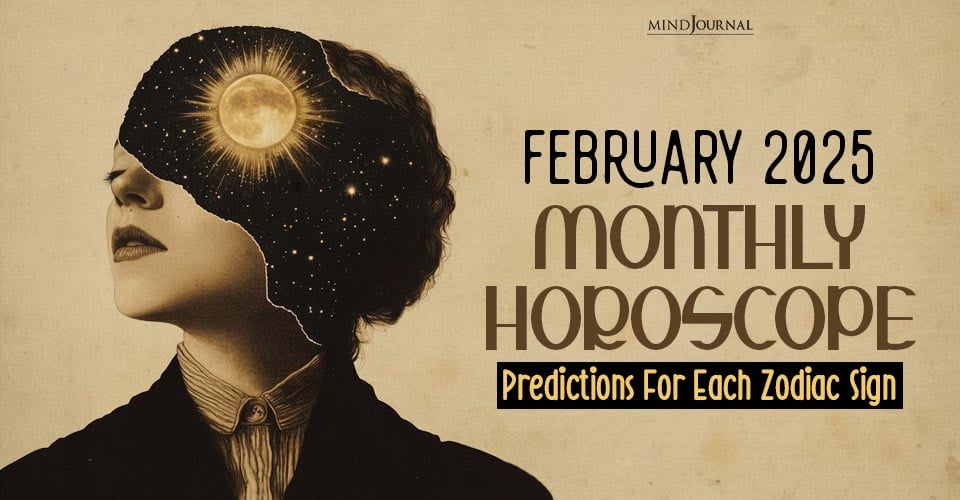So, you have been seeing the world transform right in front of your very eyes as everything is getting digital. But did you ever think in your wildest of dreams that one day, we will be able to look after our health digitally too? It might sound out of this world, but the truth is that modern healthcare practices are seeing a lot of transformation.
The trends in this industry are rapidly changing, and one of the driving factors behind these changes has been the Covid-19 pandemic that made digital accessibility in healthcare a reality.
Healthcare Technology Trends and Digital Innovations in 2022
As mentioned above, the healthcare industry and market have innovated themselves on a very significant level. Various new technological and digital trends have been introduced, and here, we will talk about some of such trends that are extremely popular in 2022.
1. Simulated Clinical Trials
Every year, the pharmaceutical sector conducts millions of clinical trials where humans are used as trial subjects. Although these trials are carefully monitored, the risk of these trial subjects getting harmed is always there. To prevent this, a new concept of digital twins has slowly made its way in the year 2022. This concept of digital twins implies having simulations of different human organs that mimic their human counterparts. By evaluating and testing drugs on these simulations, the chances of an actual person getting harmed during these trials can be reduced significantly.
2. Keeping the Organs Alive Outside the Body
The organ donation market has seen a rampant increase in size in the past few years and is projected to grow more in the upcoming decade. The most important factor that is required to keep this sector thriving is the viability of the organs once they are taken out of their donor’s body. DIGITAL HEALTH TRENDS FOR 2022 ensuring their viability is very crucial, as this is being made possible by modern technology. Recently, such tools and systems have been developed that can provide donor organs with the necessary nutrition while ensuring that the optimum temperature is maintained to keep these organs alive. This step ensures that the organs can be transported safely to the recipient.
3. Artificial Intelligence (AI) in Healthcare
The use of AI in healthcare can enhance the quality of a person’s life, help medical professionals in making accurate diagnose, and prescribe the correct treatment plans. Using AI, governments can keep a sharp eye on the rate of infection spread and provide them with enough opportunities to curb this spread in its earlier stages. Some other examples of AI in healthcare include:
4. AI In Administration
AI can be used to make the process of hospital administration seamless. It can be used to make records management, claim management, and revenue cycle management easier.
Moreover, AI can also help hospitals to process the claims of their patients. This will ensure a much quicker process.
5. AI Applications for Collaborative Healthcare
According to fda.gov, there are numerous healthcare applications that connect healthcare professionals together. For example, a team of surgeons can manage a patient’s case using an AI application where they can make more accurate diagnoses, get notified about complications, and, thus, provide effective and faster treatment plans.
6. AI as a Diagnostic Modality
There are a lot of AI applications that can help people track and check their symptoms. After entering their symptoms, these people can get an accurate diagnosis of their condition with the help of the application’s algorithms.
7. Telemedicine and the Evolution of Remote Care
Telemedicine practices have seen a lot of surges, especially during and after the covid-19 pandemic. In this 2022 trend, we have seen medical professionals and caregivers arranging sessions with their patients online using various applications and platforms. Some of the prominent examples in this regard are:
8. Data Storage and Cloud Hosting
Although securing data on cloud servers is considered secure, it can still be a problem for the regulatory authorities. To counter such problems, a robust and secure structure can be provided for these online services. This makes patients’ data more secure and allows healthcare professionals to comply with regulations.
9. WebRTC for Video Conferencing
WebRTC is one of the most renowned API-based software that has been helping medical professionals to connect with web browsers and mobile applications. Through these means, they can transmit audio, video, and data to their patients.
10. Extended Reality in Healthcare Settings
Extended Reality (XR) is an umbrella term encompassing Augmented Reality (AR), Virtual Reality (VR), and Mixed Reality (MR). This technology has been getting incorporated lately into medical practice. For example, surgeons can use these headsets to look at the heads-up information while using both of their hands during surgery.
11. Using VR For Clinical Training
Previously, VR technology was considered only a means of providing entertainment to people. But now, its potential is being utilized completely as it has made its way into the health industry. With the help of VR devices and headsets, medical professionals, surgeons, and trainees can now train themselves without putting the patients’ lives at risk. These VR headsets are also providing these medical professionals with a profound understanding of complicated human anatomy, all while reducing the need for cadavers.
13. IoT and Wearables in Healthcare
Like other technological advancements, IoT and the use of wearable devices in the medical industry have also seen a rampant increase. One of the prominent examples of these wearable devices is smartwatches.
How can Smartwatches Look After Our Health?
Smartwatches are wearable devices that have the potential to look after our health in numerous ways. These smartwatches can also be beneficial for healthcare providers, who can monitor their patient’s health remotely. The basic function of most of these smartwatches is to inform people about their heart rates. Aside from this feature, these watches also have pedometers to monitor physical health.
They can also monitor oxygen saturation levels; considering this; these watches can be cited as very beneficial for many patients who incurred pulmonary damage after being infected by Covid-19. Such patients reported drops in their
oxygen levels frequently. With a smartwatch handy, they can now monitor their oxygen levels and inform medical professionals in an emergency.
Another important advantage of these smartwatches is to measure any variations occurring in blood vitals. This is made possible by the photoplethysmography (PPG) technique; using this PPG data, medical professionals can look after their patient’s health more profoundly and provide accurate diagnoses.
Smart Pills
Smart pills are another manifestation of IoT technology. Not only do they provide therapeutic benefits to patients, but at the same time, they provide medical professionals with accurate insights regarding their patients’ bodies from the inside.
Conclusion
We, as human beings, like to innovate. This is evident from the fact that how we have managed to revolutionize the concepts related to our health and well-being. Many new trends have emerged, and we expect many more by the end of 2022. But what is necessary in this regard is all these technologies are utilized for the betterment of humankind by establishing fast, easy, and affordable healthcare trends.









Leave a Reply